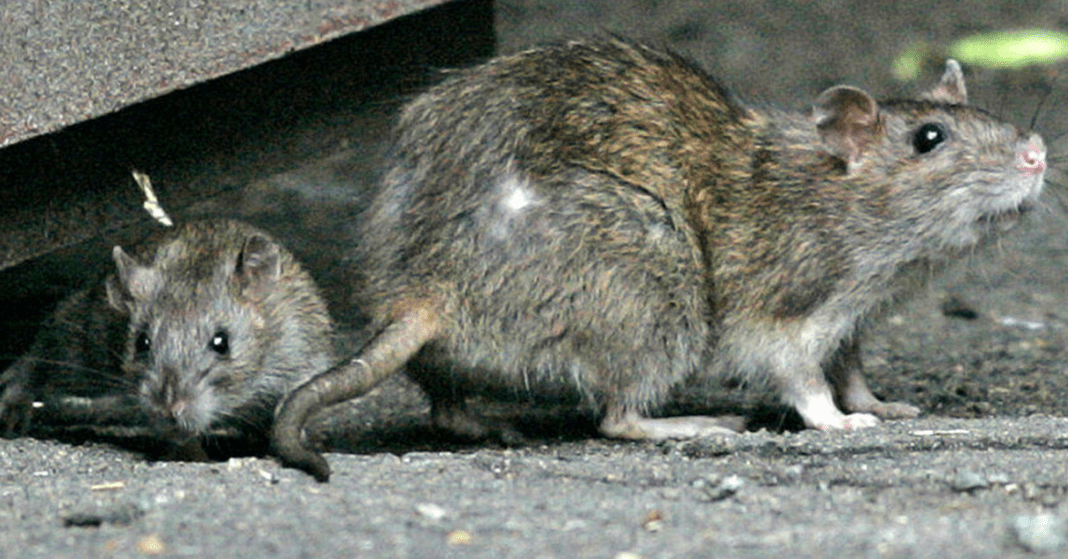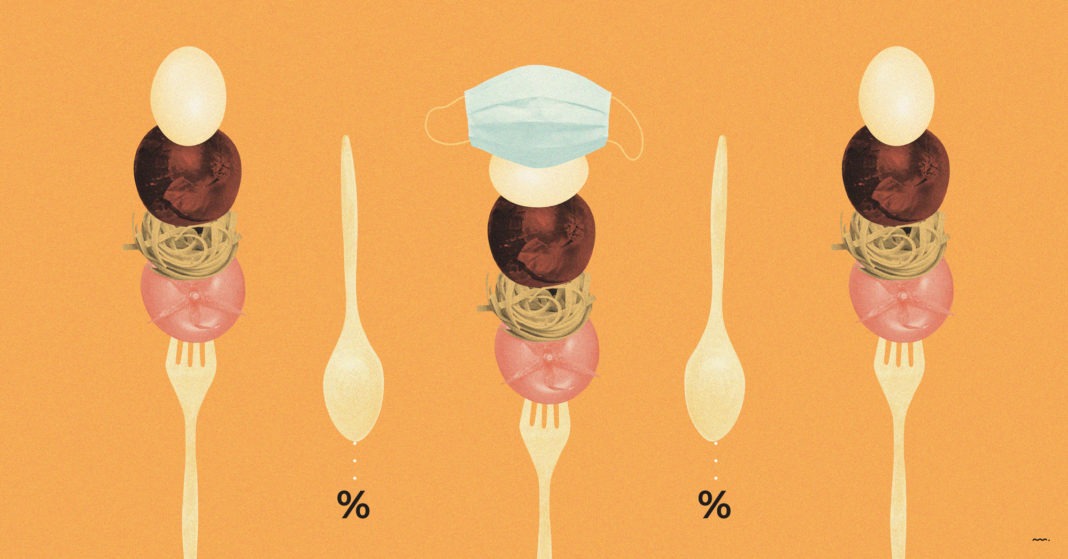As late summer turns to fall and your favorite restaurant is still only doing to-go orders, Texans might have noticed what seems like an uptick in rodents. They are hungry from a lack of trash in restaurant dumpsters and prowling residential homes for food.
But is this perceived increase in hungry rats linked to the pandemic shutdown? Integrated Pest Management specialists say although limited food sources from restaurants are part of it, it’s more likely a combination of seasonal changes and heightened awareness.
“Our friends the rats have been around for a while, but thanks to restaurant dumpsters and trash cans, we don’t notice them as often,” said Janet Hurley, an IPM expert through the Texas A&M Agrilife Extension Service and director for the Southwest Technical Resource Center for IPM in Schools. “This is the time of year they are active, when it starts to change to fall. And they are opportunistic feeders. So they were probably at your house already, but everyone was busy. You weren’t noticing their behaviors as much.”
Hurley noted that the uptick in popularity of hobbies like bird watching and gardening during the pandemic could have also been you unknowingly welcoming pests, too.
“Gardening got really popular when everyone was staying home. Every time you dig up your garden, or add new plants, a rat somewhere is seeing that as an invitation,” Hurley said. “Trumpet vine growing up the side of your house is pretty but it’s basically like a built-in ladder for a roof rat. Bird feeders are problematic, too. You might think, that’s weird, the birdseed seems lower this morning. You’d be appalled if you’d seen what was happening the night before in your yard.”
There are probably three major types of rodents you might see around your house. Smaller field mice may seem harmless but can be extremely destructive in large numbers. There are also the larger “roof rats,” that like to live higher up in trees and are often found in your attic, and finally, what is popularly known as the “pizza rat,” or the fatter and shorter Norway rat. Hurley says the first thing you can do to prevent them is to get to know your property really well.
“Examine both the inside and outside of your house,” Hurley said. “If you see a dark smudge stain called a ‘rub mark,’ or any kind of tiny hole, you might have problems. The size of openings they can fit through is just incredible. A field mouse just needs a hole the size of a dime. For a bigger roof rat, which has larger ears and paws, a longer snout, and long tail, all it needs is a space of two fingers to fit through – and that’s actually spacious. If they can get a paw up underneath a hole in the sheetrock, and then gnaw the rest of the way in with their teeth, that’s it. That’s all they need. Some rats have a biting power of 7,000 psi. You tell me what else they need to get in.”
Hurley laughed when asked if people would be shocked to discover how vulnerable their house is. She says in most cases, yes. Extremely so.
“People tell me, I just never thought it was possible,” Hurley said. “Most folks don’t realize it’s not so much the “two footed” intruders you should be worried about. Deep cleaning is integrated pest management. How often do you go in your attic and clean it out? Do you know what’s up there? It’s that simple. Monitoring your door seals, window cracks, brick exteriors and weep holes, even trimming back vegetation and vines: all of that will help. Older houses and new builds, even an apartment can all be equally vulnerable.”
Hurley’s work in IPM has taught her that early prevention and research is key to stopping problems with rodents and other pests before they get too big to handle. IPM is about problem solving, she says, and the common misbelief is that you can kill pests with a can of Raid or a trap baited with peanut butter. But that won’t always solve all your problems the first time or mean you’ll never have to worry about them again.
“As experts, we always advise, know thy enemy,” Hurley said. “Identify the pest. Understand the biology. For instance, sometimes people think that the best way to trap a rat in the house is with peanut butter in a trap. But they’re crafty and finicky creatures! Sometimes they have a meal preference, like they want something more protein-based one day and the next day they’ll go for seeds or fruit. A breeding female may be really attracted to a banana. They’ll even eat dog poop. IPM is about thinking deeper than just a one-and-done solution.”
Hurley and other experts like renowned national “rodentologist” Bobby Corrigan, who uses the Twitter handle @rodentologist, describe rats and mice as “diabolical, crafty, and secretive.” Because of their nature, always being one step ahead of a rodent is another way to be successful in eradicating and preventing them. In addition to regular and seasonal cleaning, make sure hidden entrance points are sealed, and don’t unnecessarily leave food or trash out.
And maybe avoid throwing food on the ground at a park for birds: Hurley recalls hearing rats “literally squeal on a game camera for fries.”
“I use the word ‘conducive’ to describe the environment of many homes and schools I come across when working in this field,” Hurley said. “Most of the time, the stage is set for pests to thrive — not just rats and mice, but roaches, ants, and termites, too. They don’t need a whole lot of food and water. And when it comes to a safe place for them to live and nest, they just need a place where they can live close enough to you to thrive off what you throw away or leave out, but just out of sight enough that you don’t know they are there.”
Believe it or not, you’re probably missing something around your house that is contributing to rodent or pest problems. However, once you know what the fixes are, they’re easy to do and they carry far more value than the work it takes to do them.
“Understand the problems, do some good research, and take action now,” Hurley said. “It will save you a lot of headaches — and money — in the future when it comes to rats.”








